My previous tone control/pre-amplifier board was based around a cheap PCB from AliExpress. It worked well, but as everything in my amplifier started to be controllable through a smartphone application, I wanted this to change too.
The biggest reason too make every digitally controllable was the volume control. The volume on the cheap AliExpress board was done through a simple potentiometer. But having to walk up to your amplifier every time the volume is too loud, is often annoying. Especially when watching TV.
So first I started looking at digital potentiometers. There are many variants out there, even ones which save their last state to an EEPROM. At first I thought this was the ideal solution, until I came across tone control ICs.
These ICs are sparse as I think many of them are ASICs not really available to the general public anymore. They are mostly used in cars as far as I can see.
One such IC that is fairly easy to get, is the TDA7439DS from ST.
 Tijl Schepens
Tijl Schepens
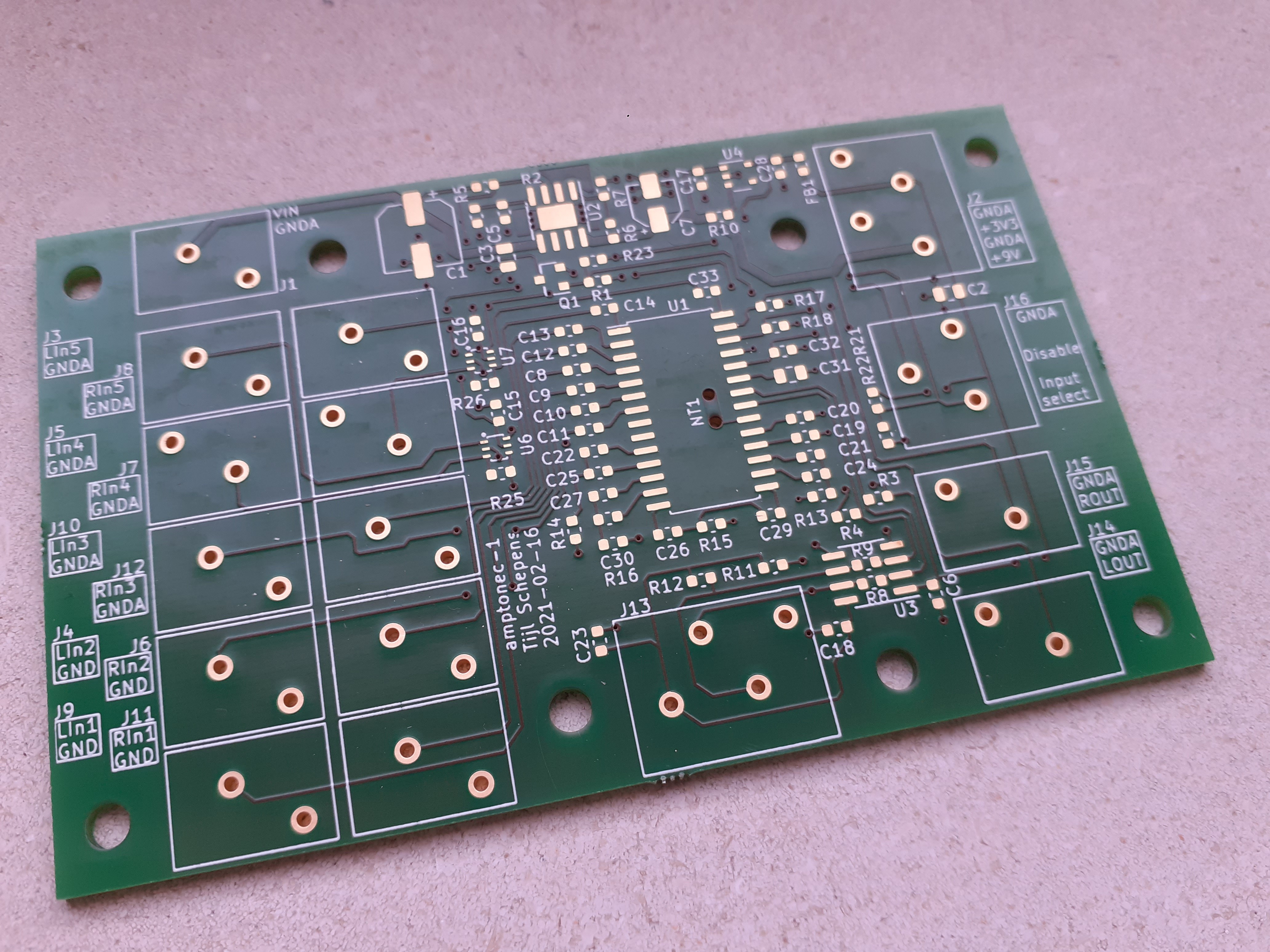

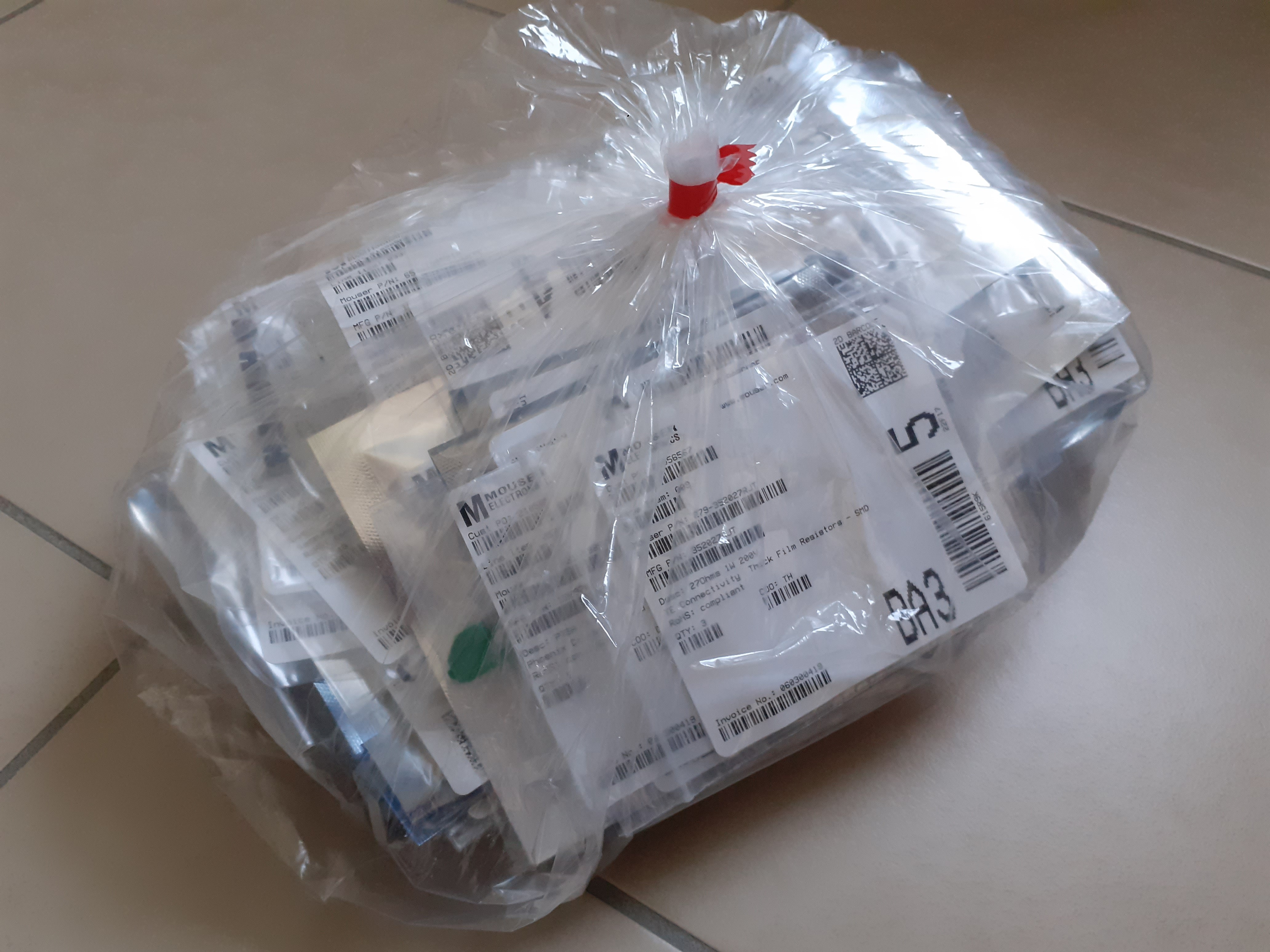
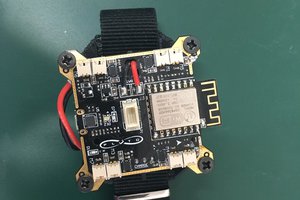
 Tanmay Karpe
Tanmay Karpe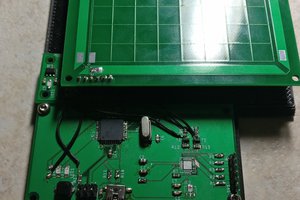
 Adam Mansour
Adam Mansour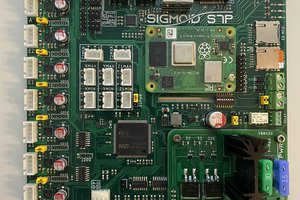
 pkElectronics
pkElectronics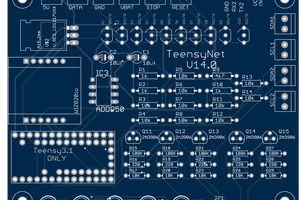
 jimmayhugh
jimmayhugh